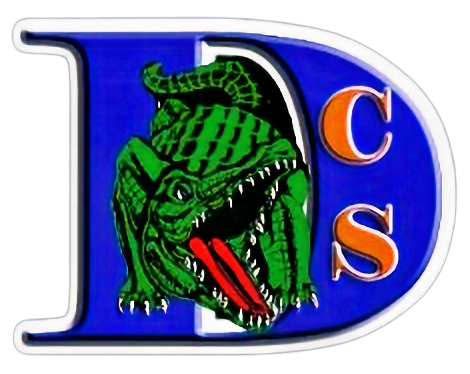Programs
Intro to Computational Thinking Course
This course introduces students to the basic ideas of computational thinking and its applications to problem solving in STEM fields. Students will use an open source, web-based programming environment to create code for simple drawings, animations and simulations, through which they learn how to use abstraction, decomposition and pattern recognition to model problems and arrive to an algorithmic solution.
Program code is presented with a dual purpose: as the main way to interact with a computer and as a proxy to organize ideas explicitly and communicate them to other people. Students taking Algebra I concurrently with this course will benefit the most, because many examples are drawn from Algebra I, so that students can visualize and manipulate the mathematical concepts in a more concrete form.
Course Objectives
• Describe applications of Computational Thinking to solve Math, Science and Engineering problems.
• Model objects made of multiple parts, as well as their behaviors and interconnections, using variables and functions, and construct virtual artifacts that simulate them.
• Use the program development process to create, debug, and redesign computing artifacts.
• Implement creative projects in which Computational Thinking and code is used to create artistic or technical renderings of diagrams, illustrations or graphs.
• Demonstrate the use of code as a medium to communicate ideas and designs precisely.
• Demonstrate effective communication skills, through team working, oral presentations, and good written communication.
Intro to Robotics Course
This beginning robotics course uses VEX EDR Robotics parts and RobotC software to introduce the student to basic programming as well as problem solving strategies.
This course will involve students in the development, building and programming of robots to accomplish various tasks. Students will work hands- on in teams to design, build, program and document their progress.
Topics may include motor speed, gear ratios, torque, sensors, program loops, project documentation and decision-making. For second semester projects, students are broken into teams of three. Each team has a project manager, a builder, and a programmer.
Course Objectives
• Design robots and use RobotC programming software for specific activities and scenarios
• Use and analyze gear ratios, torque, timing, sensors, and program loops
• Collaborate in groups and teams Assessment Students are assessed through quizzes and group projects focused on building design, programming, and project management skills.
